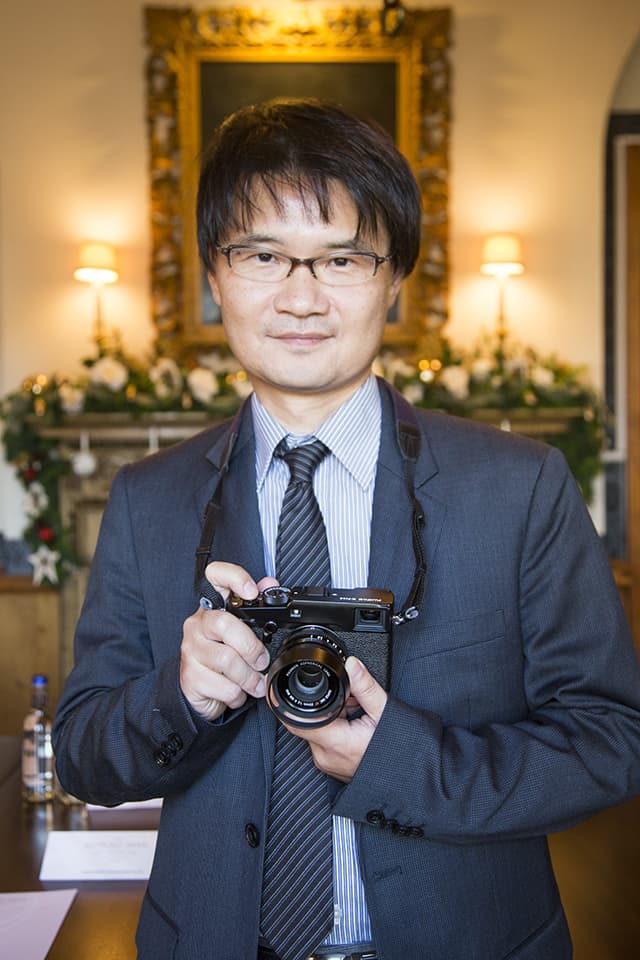https://link.brightcove.com/services/player/?bctid=4701824628001
Takashi Ueno explains how Fuji has improved its X-Pro flagship and what CSCs must do to rival DSLRs in future, in an exclusive video interview (above)
If this is achieved, it would represent a game-changer in a market where compact system cameras already hold several advantages over DSLRs, according to Takashi Ueno, optical device and electronic imaging products manager at Fujifilm.
Asked in general terms how CSCs can be improved, Ueno told AP: ‘Especially for the moving subject, DSLR has [the] advantage – more advantage than mirrorless. So mirrorless must improve the response, such as autofocus to reduce the blackout time and so on. If we achieve such function, maybe we can game change…’
NEWS: X-PRO2 UNVEILED AS BEST-EVER X-SERIES CAMERA
Ueno listed several areas in which CSCs already exceed DSLRs, including ‘accuracy of focus’.
Fujifilm now hopes to expand its market following the success of the highly regarded X-Pro1, released four years ago.
With this in mind, and after calls from professionals, it has moved to boost key aspects, such as pixel resolution, AF and shooting speeds in the latest X-series incarnation.
Although the X-Pro2 features a 24.3-million-pixel sensor, Ueno stressed that Fujifilm had been satisfied with the 16MP of the X-Pro1 – a camera that the company intended to keep on the market for three years, before establishing what improvements were necessary over the course of the past 12 months.
Why opt for 24MP?
‘In general, [at] higher resolution, the sensor becomes weak at higher sensitivity,’ Ueno explained.
‘Twenty-four megapixels is the best balance for sensitivity and resolution.’
Asked if Fujifilm may exceed 24 million pixels in a future camera, Ueno said that it would depend on the sensor technology available at the time, although he didn’t elaborate further.
Meanwhile, Ueno remarked on the reasons for the lack of 4K video, suggesting that it was a feature Fujifilm had in fact considered for the X-Pro2 but rejected after garnering feedback from many amateur and professional photographers.
‘More than 80% of [the comments received] didn’t request 4K because X-Pro is a special[ist] stills photography camera,’ said Ueno.








